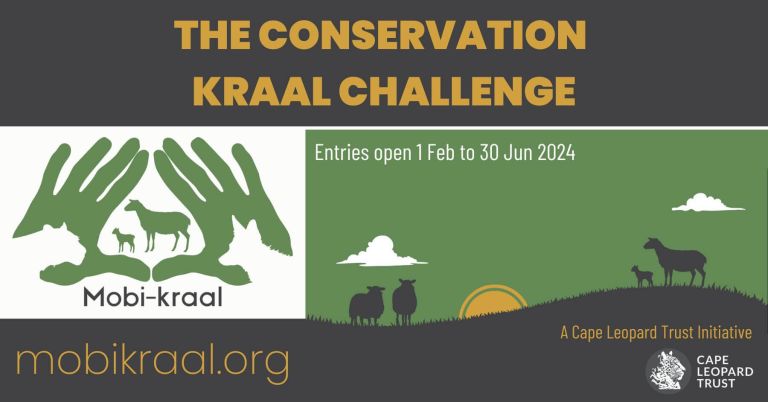Why do we trap leopards and caracals?
Trapping any wild animal inevitably causes the captured animal a lot of stress, and with that stress comes the risk of injury or even death. Trapping can thus only be justified in circumstances when the information to be gained from research will be of high value, both from an academic and management perspective, outweighing possible or even remote risks. We fit a GPS collar with which we can track the leopards. This is almost impossible to do using traditional methods in the harsh, rocky terrain of the Cederberg and Gouritz area.
Unfortunately, trapping and collaring leopards is positively the best way in which to gather information about their movements and habitat requirements – information that could prove vital to the future conservation and management of the species. It also allows us to obtain detailed measurements of the size and weight of the leopards, gather genetic material for analysis and estimate the age of the individual.
Trapping procedures have been approved by various ethics committees including the Rhodes University Ethics Committee, University of Bristol Ethics Committee and CapeNature, and all leopard captures are supervised by a veterinarian. As animal welfare is our prime concern, we do all we can to ensure that our traps are as safe as possible. The vet has the final say on whether to proceed with darting and immobilising any leopards caught in one of our traps.
Ultimately, our research should provide us with sufficient data to avoid having to continue collaring leopards in different areas, and we are constantly trying to find other, non-invasive ways to study and conserve these animals.
How to trap leopards and caracals?
Catching leopards is a tricky business. Not only is it difficult to predict exactly where one is likely to find these elusive beasts, but one must also strike a balance between accessibility and isolation. As it's necessary to check traps regularly, you don't really want the site to be too far off the beaten track if possible. Sites with vehicle access are even better, as carrying the extremely heavy cage traps is one of the less pleasant aspects of conducting leopard research! At the same time, it's important to avoid sites that are too accessible where people are likely to stumble upon and possibly interfere with the traps.
Of course, once a site has been identified, there's still the delicate process of actually setting up the trap. This involves blocking off potential routes around the trap, 'decorating' the trap with vegetation to make it look slightly less alien, and setting up a pathway through the trap to ensure that any leopards venturing inside will definitely trigger the trap. Once this is done, all that one can do is wait and hope.

















